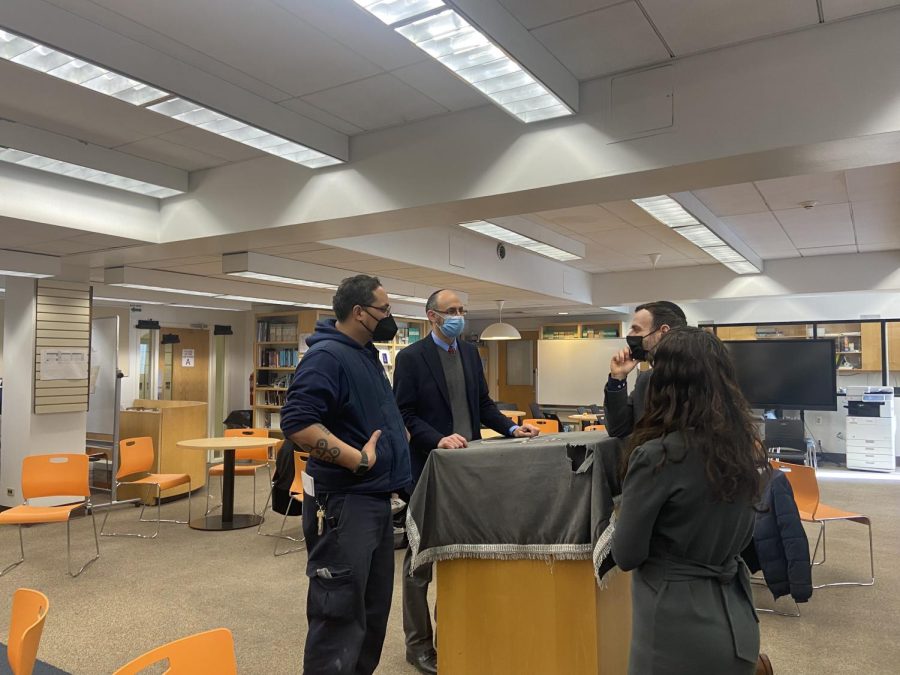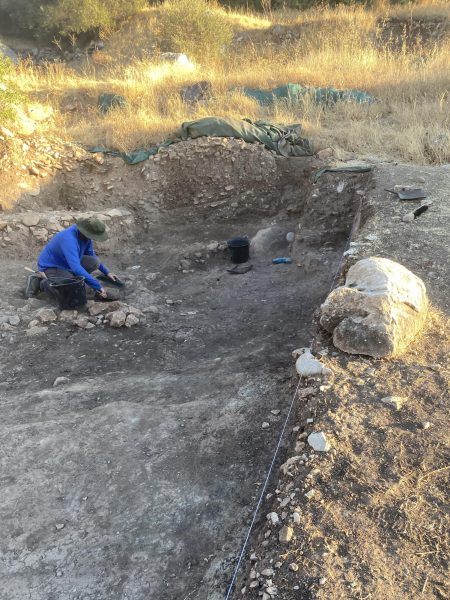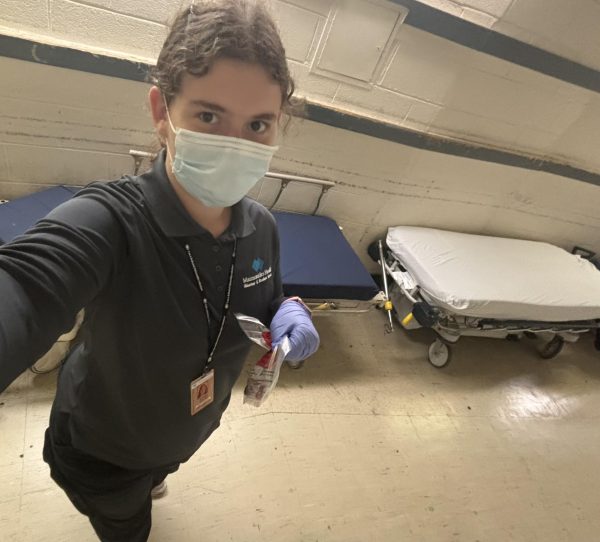The State of the Upper School Library
Many teens enjoy reading. With television, games, and social media keeping the youth of this generation occupied, you would think there would be no time for opening books. “I read all the time,” says Evie Rosenfeld ‘24, “but I have only been in the school library twice this year.” When interviewed, many students echoed this statement about what our school’s library means to them. Unfortunately, there seems to be a disconnect between readers and the fact that our school has books that are free and at our disposal anytime. There are also digital archives available through the Ramaz portal, such as JSTOR and Gale, which are great for accessing academic articles. No matter how tempting it is, you don’t have to splurge your allowance money at Strand and Barnes and Nobles; sometimes, the new hardcover limited edition copy is just not worth it.
Books incorrectly placed, computers from the early 2000’s sitting listlessly with dust piled high, stacks of chairs where the beautiful and dearly missed couch used to be (Ms. Senders, now that you’re making aliyah, can we have it back?). This is the state of our high school library, or should I say the senior davening room. Mr. Deutsch, the recently dismissed Master of Books, kept the disorder contained by checking out novels, guiding kids to history paper sources, and overall making sure the library functioned as an actual place of reading activities and not just a third lounge. However, he has been told that his duties are no longer needed this year. “Dr. Jucovy is supposed to be in charge now, so I recommend reaching out to the people on the 6th floor for more information on what is going on,” Mr. Deutsch explained when asked further questions about the room’s future. If a student, during this transitional time, wants to check out a book from the library, the MOB recommends simply taking it. “The books are here to be read; just make sure to bring them back.”
The administration brought in Dr. Daniel Stein Kokin, a college professor and good friend of Dr. Tugendhaft, to write up a report addressing the library’s faults and come up with solutions. I sat down with Dr. Stein Kokin to understand his work, and it became clear to me that many of the points he was making were issues widely apparent to the student body. For example, bringing back the quiet study room, the need for a Young Adult fiction section, more comfortable chairs, and a couch. To gather information for his report, Dr. Stein Kokin visited other elite high schools around the city, such as The Dalton School and Heschel, to speak to administrators and gain a deeper understanding of the role of their respective schools’ libraries to the student body. In regards to Ramaz input, he sent out two surveys, one to the faculty and the other through Schoology, directed toward the grades, asking for criticisms and ideas concerning what to do with the space, but sadly due to a low number of responses, about ten percent of the student population, it seems fruitless to publish the latters statistics. However, the comments submitted from the form will be used in his report. An example of one being, “It can get very hard to navigate certain sections of libraries and books that’s why most people do research online, but I feel if there was a librarian with the knowledge to direct you to the right book that may be helpful in your research, many will start doing more research with books.” Although participation was low, the survey highlights that a decent number of students care about the future of the space, taking the time out of their busy days to fill out the form. If that does not give us hope, I do not know what will.
With the library all but out of commission, students have turned to alternative forms of book lending. Ashley Behlm ‘24 and this writer, along with the environmental and book club, organized a two-day book swap where students from all grades brought in novels they no longer wanted to trade with others. It was a success, with over forty books exchanged and a proposal in the works for the event to happen every month/couple of months. This is just another testament to the fact that there are teens passionate about reading who also strive to be environmentally conscious.
So what does the future hold in store for the Ramaz library? From interviewing Ramaz faculty members and students, the truth is that its fate is somewhat inconclusive. Your guess is as good as mine. However, Dr. Stein Kokin hinted, if the stars align, of coming back next year to be the new librarian, which is a good sign. But for now, to all the Ramaz readers, who are indeed the only people who read this paper, pressure the administration to do something about this predicament. Libraries are meant to be communal spaces and are as much the student bodies as those in charge. Professor R. Lankes, a scholar on constructing educational areas, said, “Bad libraries build collections; good libraries build services, great libraries build communities.” The Ramaz community needs to work on creating a vibrant learning space at the heart of our school.



